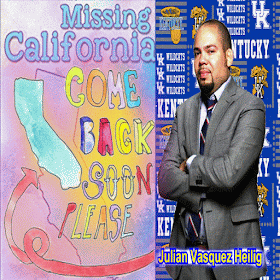PA: Governor Puts Charters On Notice
It was not so long ago that Pennsylvania's Governor Tom Wolf made charter supporters sad by rejecting the claim that charters are public schools. Today, he took another step and put charters in PA on notice.
At a news conference at a school in Allentown, Wolf said he would take executive action to change state regulations for charters, including tightening ethics standards. He also said he would push to revise Pennsylvania’s charter law, which he called “one of the most fiscally irresponsible laws in the nation."
Wolf also said that the current system "isn't good for anyone," harkening back to 2016 when the Auditor General called PA charter laws “simply the worst charter school law in the United States.” And he also gave special mention to cyber-charters, which have become a boondoggly cash grab of epic proportions in Pennsylvania.
What he will do, exactly, is unclear. There have been some bills that were lofted this year that would provide some good ideas-- like the bill that made it so that a school district would pay cyber-school tuition only if that school district did not offer a cyber-school option of their own. Heck, it would be nice to see a simple rule that said that charters could never again claim (in their taxpayer funded marketing materials) that they are "free." Rather, make CONTINUE READING: CURMUDGUCATION: PA: Governor Puts Charters On Notice


































